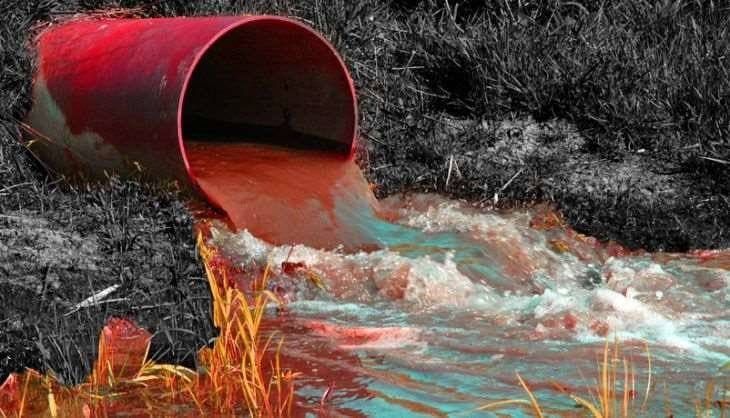A recent study has identified the significant threat posed by dyes commonly used in the textile, food, and pharmaceutical industries to plant, animal, and human health, as well as the natural environment.
Millions of tons of dye-containing wastewater are discharged into water systems annually, leading researchers from various countries to conclude that new sustainable technologies, such as nano-scale filtration using membranes, must be developed to address this issue.
They argue that legislative measures are necessary to compel industrial producers to eliminate colourants before they enter public sewage systems or waterways.
The study, titled “Environmental impacts and remediation of dye-containing wastewater,” was published in Nature Reviews Earth & Environment and authored by scholars from esteemed institutions, including the University of Bath, the Chinese Academy of Sciences, and KU Leuven in Belgium.
According to the research, up to 80 percent of dye-containing industrial wastewater in low- and middle-income countries is released untreated into water bodies or used directly for irrigation, with severe consequences for human, animal, and plant health. However, despite the severity of these threats, there is a lack of infrastructure, investment, and regulatory efforts to promote sustainable dye usage and wastewater treatment.
Dr Ming Xie from the University of Bath emphasizes the need for a comprehensive approach to combat the problem, highlighting the various potential methods to remove dyes from water, including chemical, biological, and membrane-based techniques.
However, considering the complexity of treating dye-containing wastewater, the authors suggest a shift from centralized or regional treatment methods to decentralized and site-specific treatment at the source, compelling industries to remove dyes before they reach public water systems.
The textile industry stands as the largest consumer of dyes, generating around 70 billion tons of dye-containing wastewater annually.
China, India, and Bangladesh account for the combined discharge of approximately 3.5 billion tons of textile wastewater per year. Synthetic dyes exacerbate water contamination, presenting a fundamental environmental and sustainable development issue amidst growing concerns about water scarcity.
Dyes that remain untreated cause water bodies to become coloured, reducing the passage of visible light and hindering photosynthesis for aquatic plants. This disruption affects the entire food chain, particularly microalgae, the foundation of aquatic ecosystems, which experience inhibited growth and malformed cells when exposed to synthetic dyes.
Fish are also affected by dye contamination, exhibiting toxicological effects such as uncoordinated movement, respiratory distress, and damage to organs, resulting in reduced nutritional value, lower reproduction rates, and potential health risks to humans and other animals along the food chain.
Dyes also have detrimental effects on land, upsetting the balance of soil microbial communities, as well as posing health risks to humans, including allergies, asthma, and various diseases.
The study further explores different remediation technologies for dye-containing wastewater, including chemical, biological, physical, and emerging advanced membrane-based techniques.
However, no single technique proves to be a complete solution, while certain promising approaches are yet to be technologically viable on a large scale.
In light of this, the authors propose a collaborative effort, led by policymakers, to promote the adoption of advanced remediation technologies and encourage textile processing methods that minimize the use of highly toxic dyes. They also highlight the potential for industries to generate new revenue streams through the processing, separation, and reuse of wastewater materials.
Dr. Dong Han Seo from KENTECH Energy Materials and Devices emphasizes the importance of circular economy principles in effectively managing dye-containing wastewater by incorporating advanced membrane-based separation techniques that not only recover clean water but also reclaim useful dyes.
Dr Jiuyang Lin from the Chinese Academy of Sciences suggests that effective solutions for dye-containing wastewater could also be applied to other challenging wastewater streams, safeguarding both lives and the environment for future generations.

